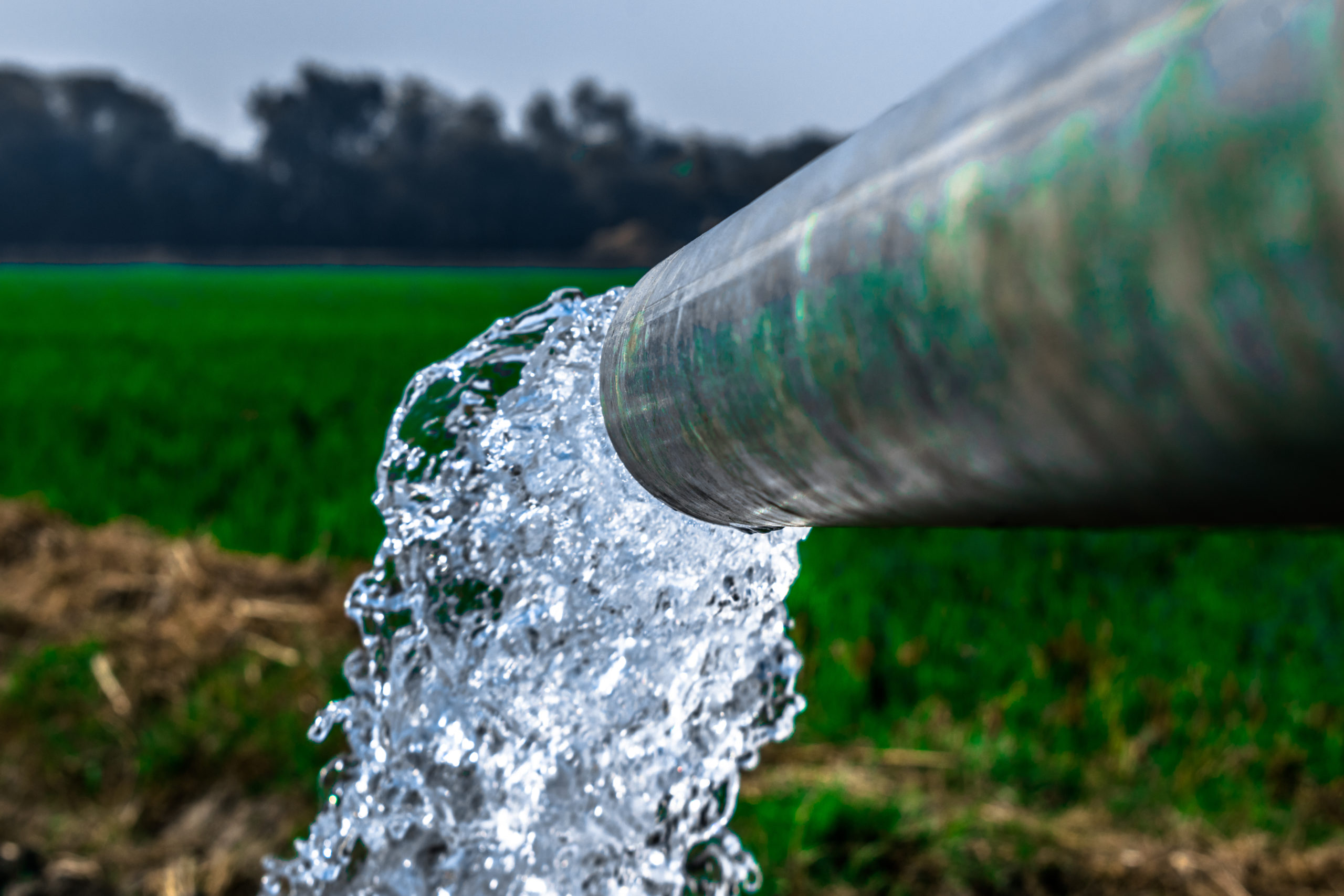The Relevance of Chemical Processes in Waste Water Treatment
The Relevance of Chemical Processes in Waste Water Treatment
Blog Article
Strategic Approaches to Enhance Waste Water Treatment Efficiency and Lessen Ecological Impact
In the realm of waste water therapy, the pursuit for boosted effectiveness and lowered environmental effect is a continuous challenge that demands critical options. As society grapples with the important to manage water sources sustainably, a nuanced approach comes to be essential. The combination of advanced therapy modern technologies, energy-efficient procedures, resource recuperation methods, enhanced nutrient removal methods, and wise surveillance and control systems represents a multifaceted framework for dealing with these pushing worries. What lies at the core of this complicated internet of methods is the possible to transform the means we come close to waste water therapy, not simply as a procedure of disposal, yet as a valuable possibility for technology and environmental stewardship.
Advanced Therapy Technologies
Cutting-edge membrane layer filtering systems have actually reinvented advanced wastewater treatment procedures, substantially enhancing the removal of impurities. These ingenious systems work by compeling water through a semi-permeable membrane layer, successfully dividing impurities from the water stream. The membrane's tiny pores trap pollutants such as microorganisms, infections, and suspended solids, permitting just purified water to pass through. This modern technology has confirmed to be highly reliable in eliminating a wide variety of pollutants, consisting of drugs, heavy steels, and organic substances, which are typically testing to get rid of via typical treatment approaches.
Moreover, membrane layer filtering systems provide many advantages over conventional treatment approaches. They call for much less area, create higher-quality effluent, and are much more resistant to changes in influent water high quality. Furthermore, these systems are highly versatile and can be conveniently incorporated right into existing therapy plants or made use of as standalone systems for decentralized applications. As the demand for tidy water proceeds to climb, the adoption of advanced membrane layer filtering innovations is important to guarantee lasting and efficient wastewater therapy techniques.
Energy-Efficient Procedures
The assimilation of energy-efficient processes in wastewater treatment systems is essential for maximizing resource usage and lowering functional costs. One vital approach to improving power performance in wastewater treatment is the use of advanced aeration systems, such as great bubble diffusers or surface aerators, which can enhance oxygen transfer effectiveness and decrease energy consumption.
Furthermore, enhancing process control and automation with making use of innovative sensors and monitoring systems can enhance total power performance by readjusting operations in real-time based upon real need and conditions. Carrying out power audits and on a regular basis checking power efficiency signs are necessary methods to determine areas for improvement and track energy-saving initiatives effectively. In general, the fostering of energy-efficient processes in wastewater treatment not just profits the atmosphere but additionally adds to lasting price savings and operational sustainability.
Source Recuperation Methods
With a concentrate on optimizing source application and sustainability in wastewater treatment systems, the implementation of source healing techniques emerges as a pivotal facet in boosting operational efficiency. Resource recovery strategies in wastewater therapy include the you could look here recognition and extraction of valuable sources from the waste stream, consequently turning what was as soon as thought about waste into a useful asset. By applying resource recuperation methods such as nutrient elimination and recuperation, energy generation from raw material, and the manufacturing of recyclable water, wastewater therapy plants can decrease environmental influence while making best use of performance.

Enhanced Nutrient Elimination Strategies
Applying sophisticated nutrient removal strategies is necessary for enhancing the effectiveness of wastewater therapy systems. One of the key methods utilized for improved nutrient elimination is the procedure of organic nutrient removal (BNR), which involves the elimination of nitrogen and phosphorus through biological procedures.

In enhancement to BNR, advanced treatment content techniques such as membrane bioreactors (MBRs) and created wetlands can likewise be employed to boost nutrient removal efficiency. By integrating these innovative nutrient click reference removal techniques into wastewater therapy systems, districts and markets can efficiently minimize nutrient air pollution and protect the atmosphere.
Smart Surveillance and Control Systems
Making use of innovative modern technology, the combination of smart monitoring and control systems revolutionizes the operational performance of wastewater therapy facilities. These systems integrate innovative sensors and information analytics to continuously check crucial criteria such as pH degrees, turbidity, liquified oxygen, and circulation rates in real-time. By accumulating and assessing this data, drivers can gain valuable insights into the performance of the treatment processes, enabling aggressive adjustments to optimize treatment efficiency.
Smart monitoring and control systems also sustain remote tracking abilities, enabling drivers to gain access to real-time information and control features from off-site locations. This remote ease of access enhances operational versatility and responsiveness, allowing speedy interventions in case of system breakdowns or variations in influent high quality. The predictive upkeep abilities of these systems assist stop equipment failings and decrease downtime, inevitably enhancing the total integrity of wastewater therapy operations.
Verdict
In conclusion, calculated techniques such as sophisticated therapy innovations, energy-efficient processes, resource healing approaches, improved nutrient elimination methods, and smart surveillance and control systems play a critical function in boosting wastewater treatment efficiency and minimizing environmental effect. By carrying out these methods, wastewater treatment plants can enhance their total performance, lower power consumption, recover valuable sources, and ensure conformity with environmental policies. These approaches are crucial for efficient and sustainable wastewater administration practices.

In conclusion, strategic techniques such as sophisticated treatment technologies, energy-efficient procedures, resource healing techniques, boosted nutrient removal techniques, and clever surveillance and control systems play a vital role in boosting wastewater therapy efficiency and lessening ecological influence.
Report this page